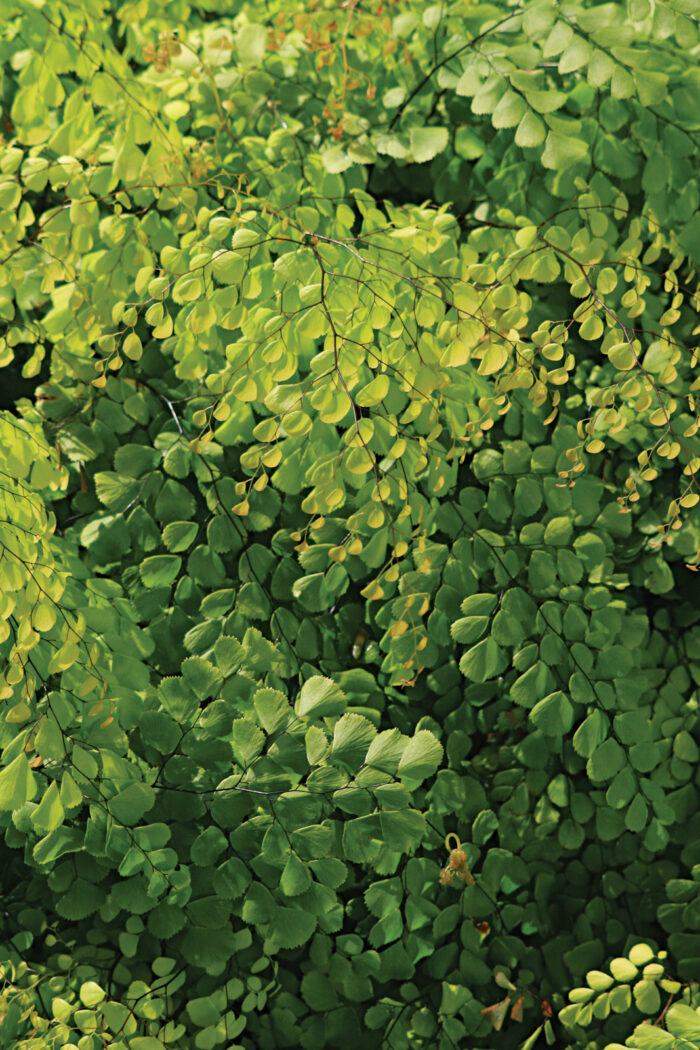
Himalayan maidenhair fern
Adiantum venustum
Zones: 5–8
Size: 6 to 8 inches tall and 36 to 42 inches wide
Conditions: Partial shade; well-drained soil
Native range: China, the Himalayas
Luscious and delicate are the words this maidenhair fern brings to mind. Although not fussy, it does appreciate some supplemental water during dry periods. New fronds unfurl in late winter to early spring; shrimp pink when they first emerge, the fronds transition to a glowing chartreuse that slowly deepens to a shamrock green for the summer. This fern spreads by underground runners and weaves through the garden, knitting together shade-loving perennials and shrubs. It is a beautiful and unexpected ground cover for shade. Even though the fronds are evergreen, I trim them down in January before new growth begins.
Princess Nadia ajuga
Ajuga tenorei ‘Piotrek01’
Zones: 4–9
Size: 2 to 6 inches tall and 18 to 24 inches wide
Conditions: Full sun to partial shade; rich, well-drained soil
Native range: Garden origin
Several new ajugas can be found in nurseries these days, but few are as stunning as Princess Nadia. The leaves of this cultivar are smaller than most but make up for that with their brightly variegated patterns. New foliage emerges tinted with purple and pink and then fades to a mix of cream and mint green. A tight, compact grower, Princess Nadia does not spread aggressively like some of its cousins do. In spring it is covered with short spikes of midnight blue flowers. This easy-to-grow perennial is great for edging or for creating a dense ground cover under and around shrubs.
‘Spine Tingler’ epimedium
Epimedium ‘Spine Tingler’
Zones: 5–8
Size: 12 to 15 inches tall and 15 to 18 inches wide
Conditions: Partial shade; well-drained soil
Native range: China
I find epimediums to be some of the most interesting perennials for foliage and flowers, and ‘Spine Tingler’ tops the list. It forms a compact mound with exceptionally long, thin leaflets edged dramatically with spines that are vicious in appearance but soft to the touch. In midspring, flower spikes rise above the leaves and open into sprays of spiderlike, primrose-yellow flowers. This is a slow grower, so I only remove the older leaves in spring after the new leaves have emerged. The compact habit makes it perfect for small, shaded gardens. ‘Spine Tingler’ will flower more profusely and for a longer period with regular watering during the
Dwarf London pride
Saxifraga × urbium ‘Primuloides’
Zones: 7–10
Size: 2 to 4 inches tall and 12 to 18 inches wide
Conditions: Partial shade; rich, well-drained soil
Native range: Garden origin
This is simply one of the most charming ground covers you can grow. The little evergreen rosettes lie flat on the ground and create an enchanting pattern. It will remind you of succulent, sun-loving hens and chicks (Sempervivum spp. and cvs., Zones 4–9), but dwarf London pride thrives in shade. Wire-thin flower stalks rise 6 to 8 inches above the foliage in springtime and open to a spray of small white flowers that dance over the deep green foliage. This is an excellent plant for pathway edges, and it works perfectly as a small-scale ground cover. It grows best in sandy, organically rich soil with occasional watering during prolonged dry weather.
Richie Steffen is a contributing editor and the executive director of the Elisabeth C. Miller Botanical Garden in Seattle.
Fine Gardening Recommended Products
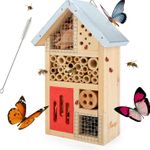
Niteangel Natural Wooden Insect Hotel, Garden Insect House for Ladybugs, lacewings, Butterfly, Bee, Bug
Fine Gardening receives a commission for items purchased through links on this site, including Amazon Associates and other affiliate advertising programs.

Ho-Mi Digger - Korean Triangle Blade
Fine Gardening receives a commission for items purchased through links on this site, including Amazon Associates and other affiliate advertising programs.

Gardena 3103 Combisystem 12-Inch To 20-Inch Adjustable Metal Fan Rake Head
Fine Gardening receives a commission for items purchased through links on this site, including Amazon Associates and other affiliate advertising programs.


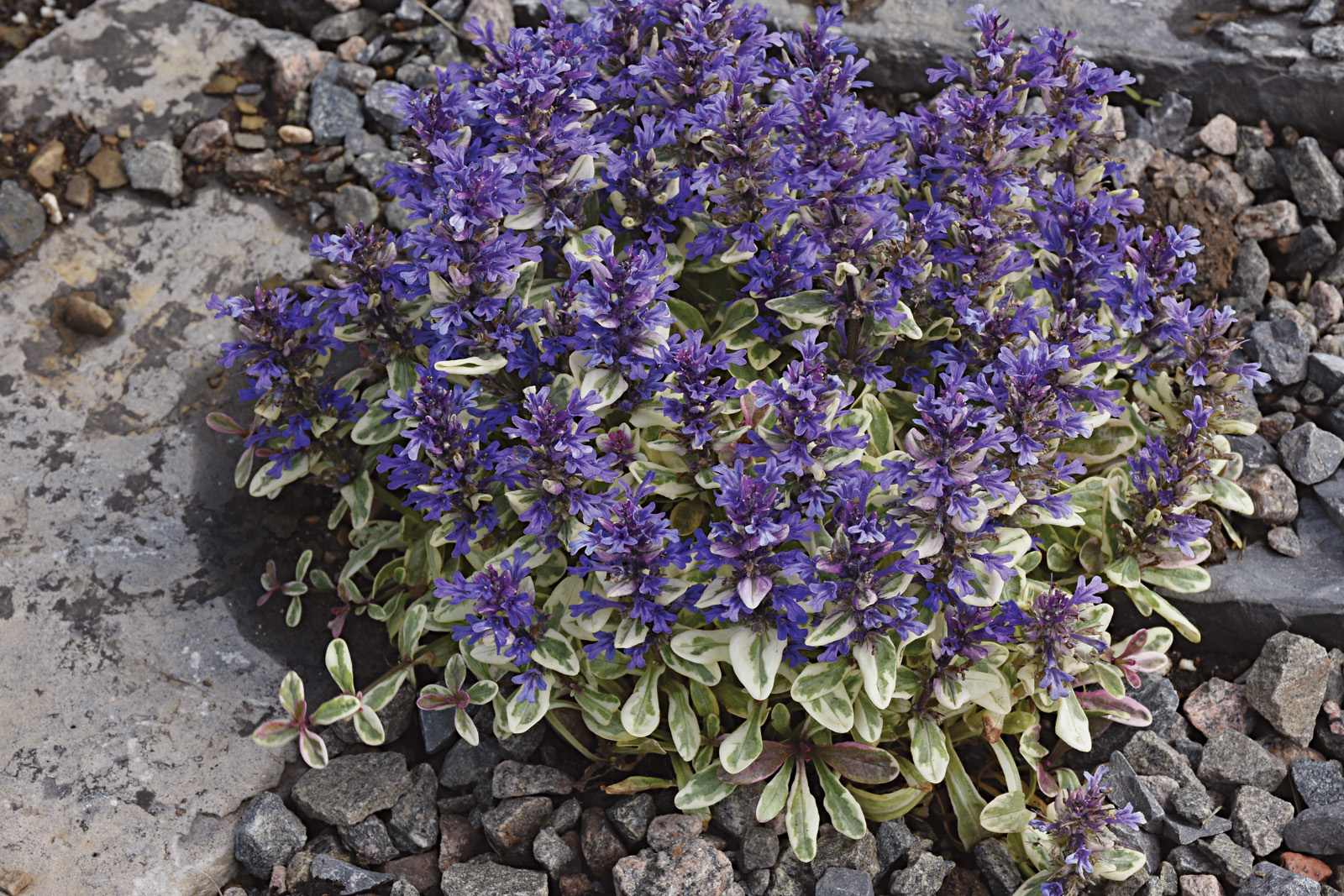
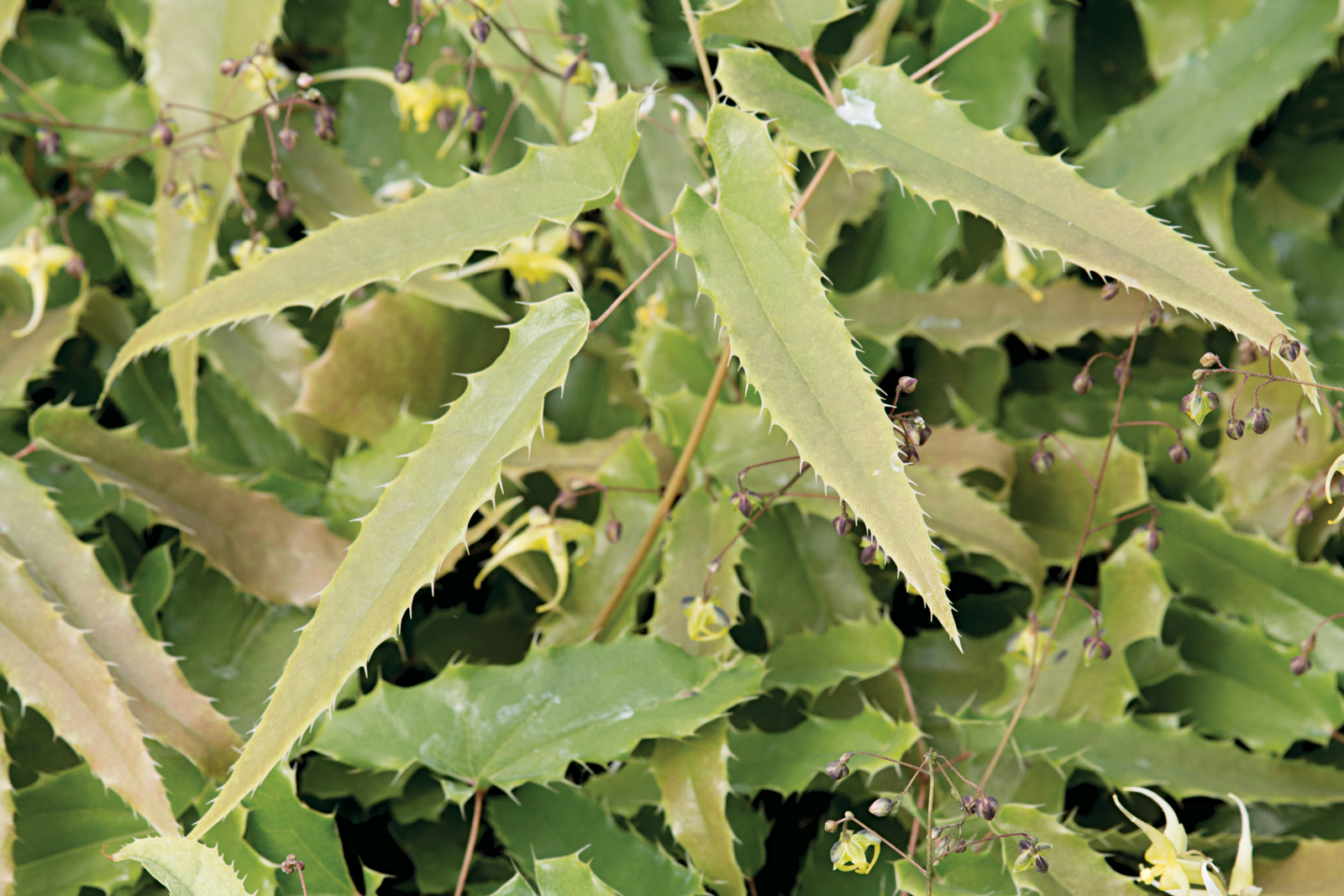
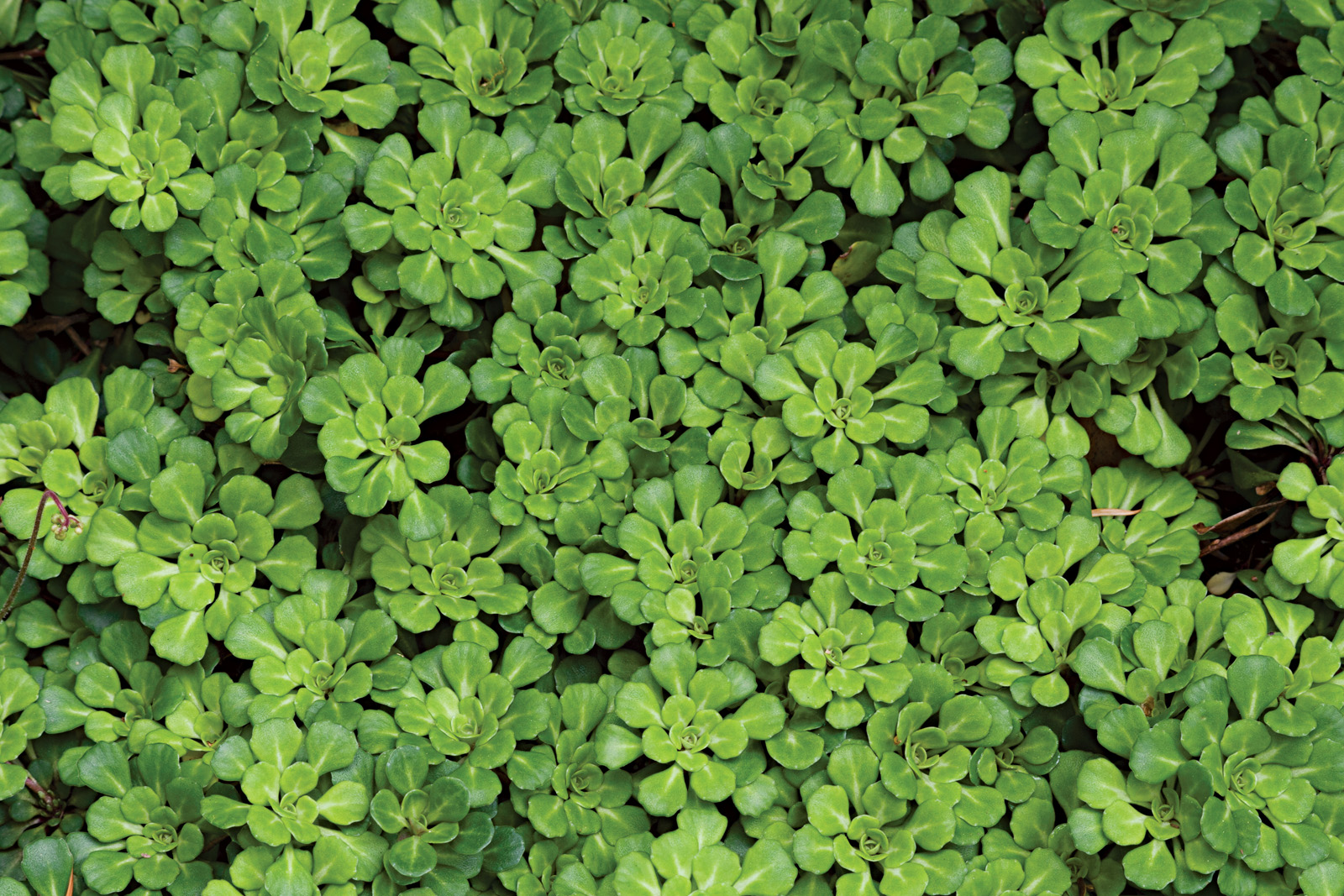

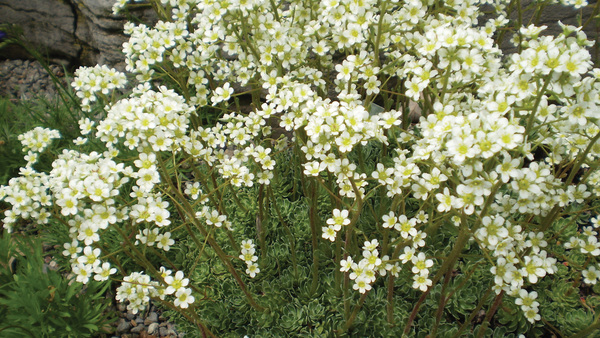
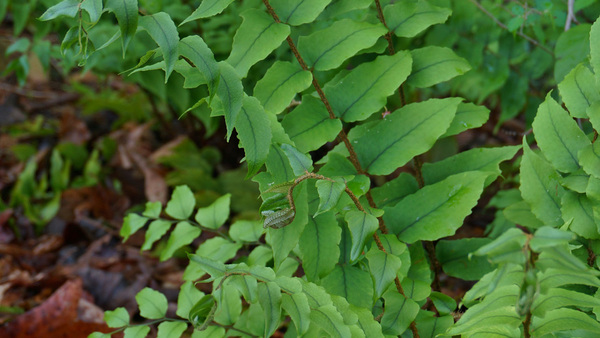
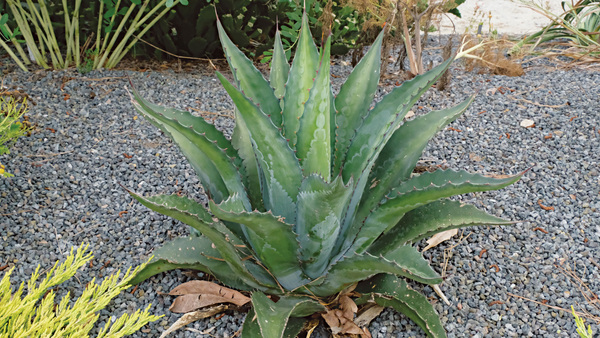














Comments
Log in or create an account to post a comment.
Sign up Log in